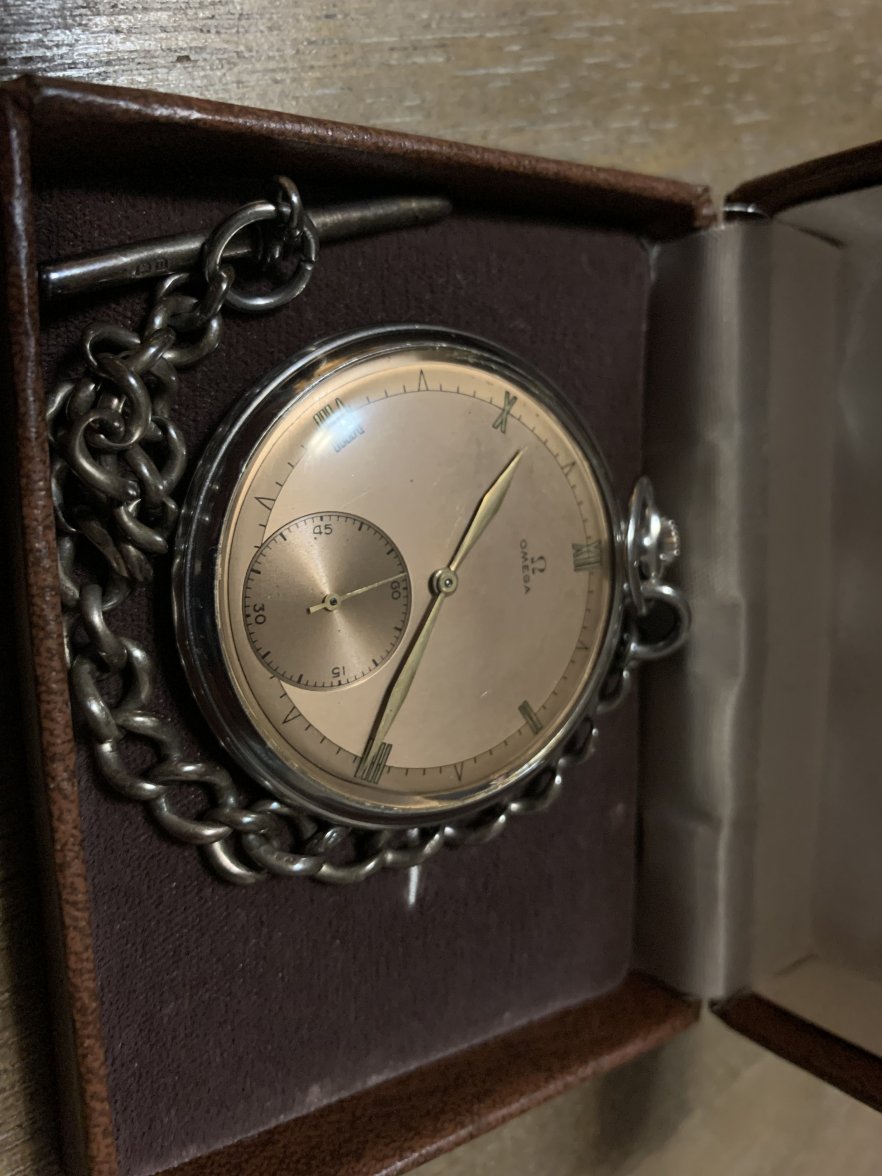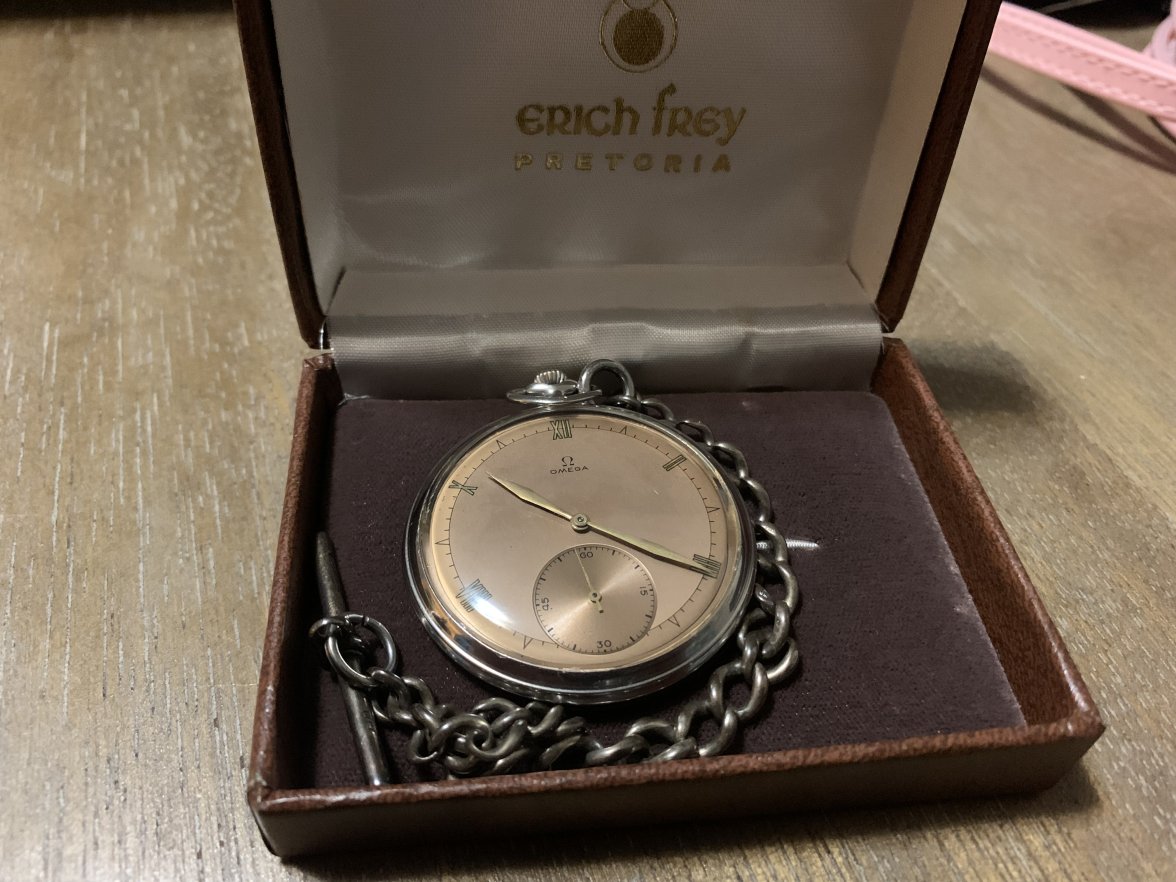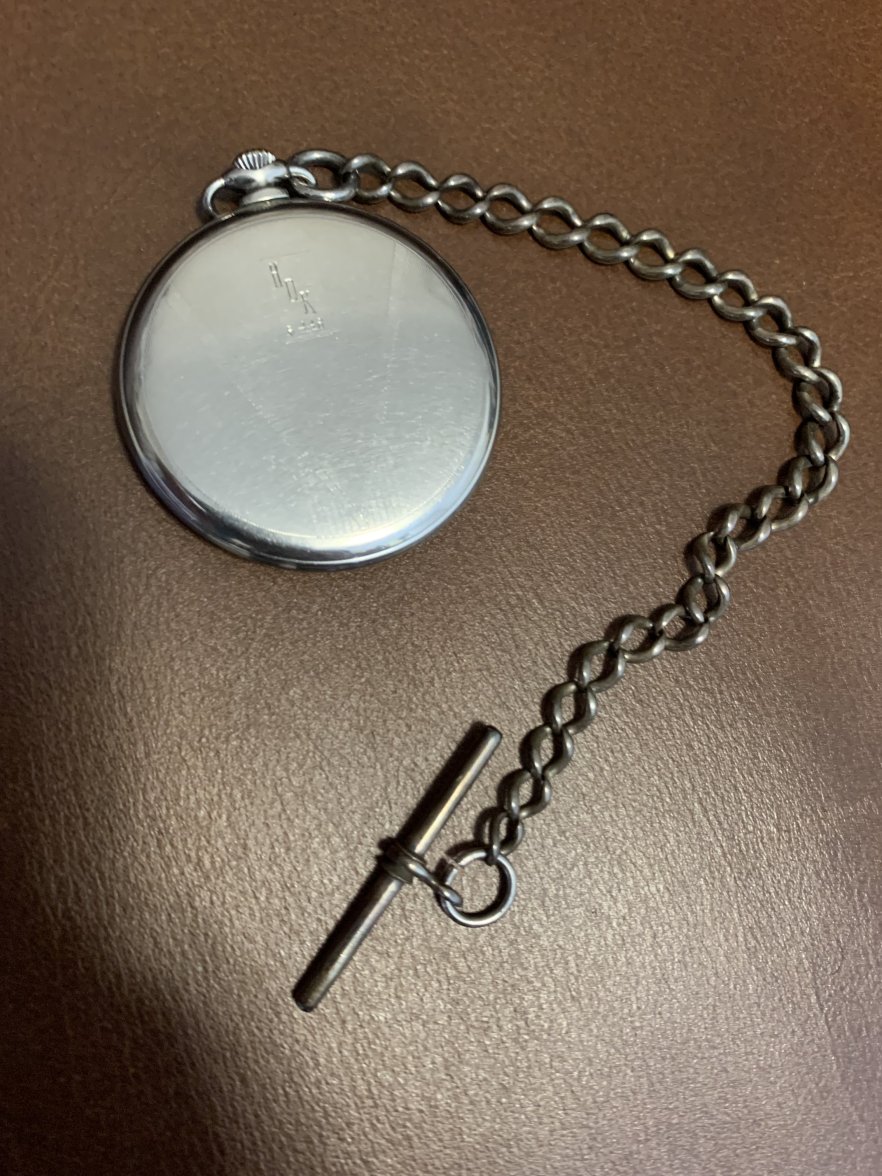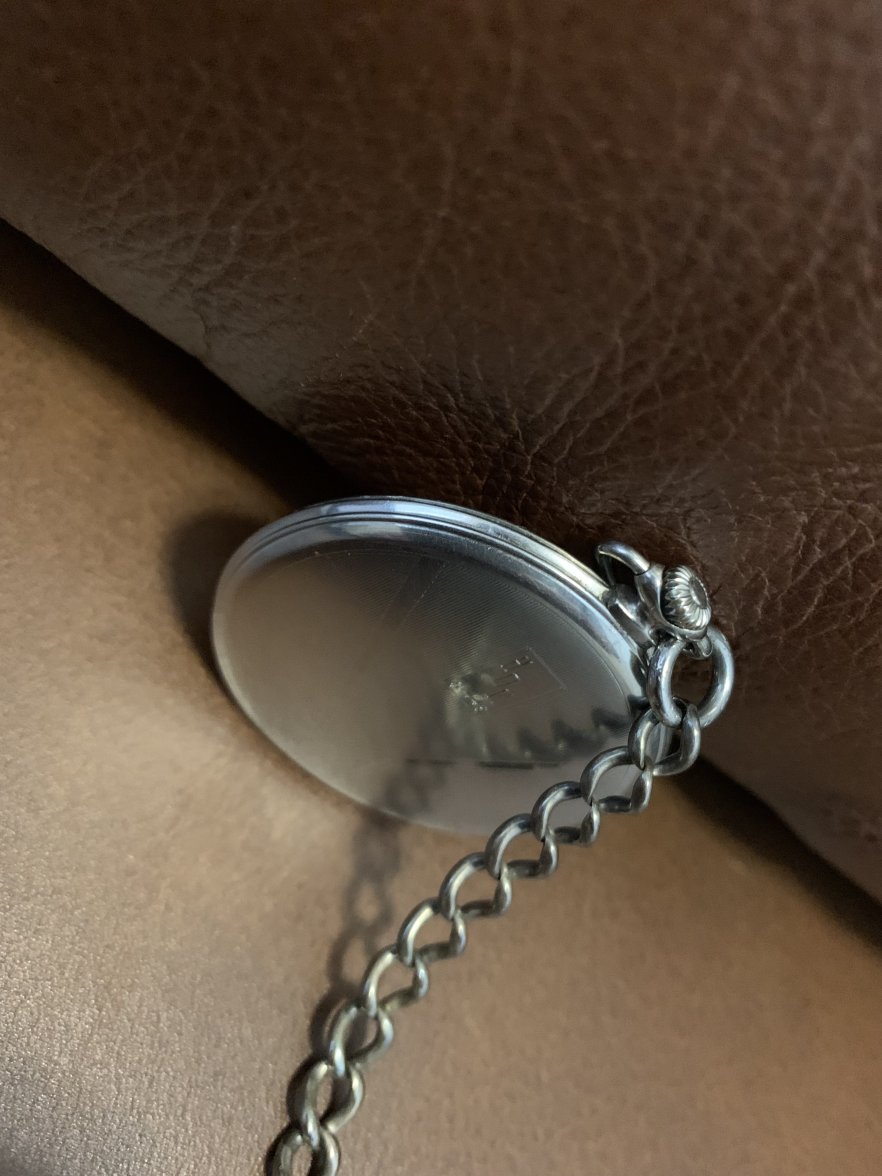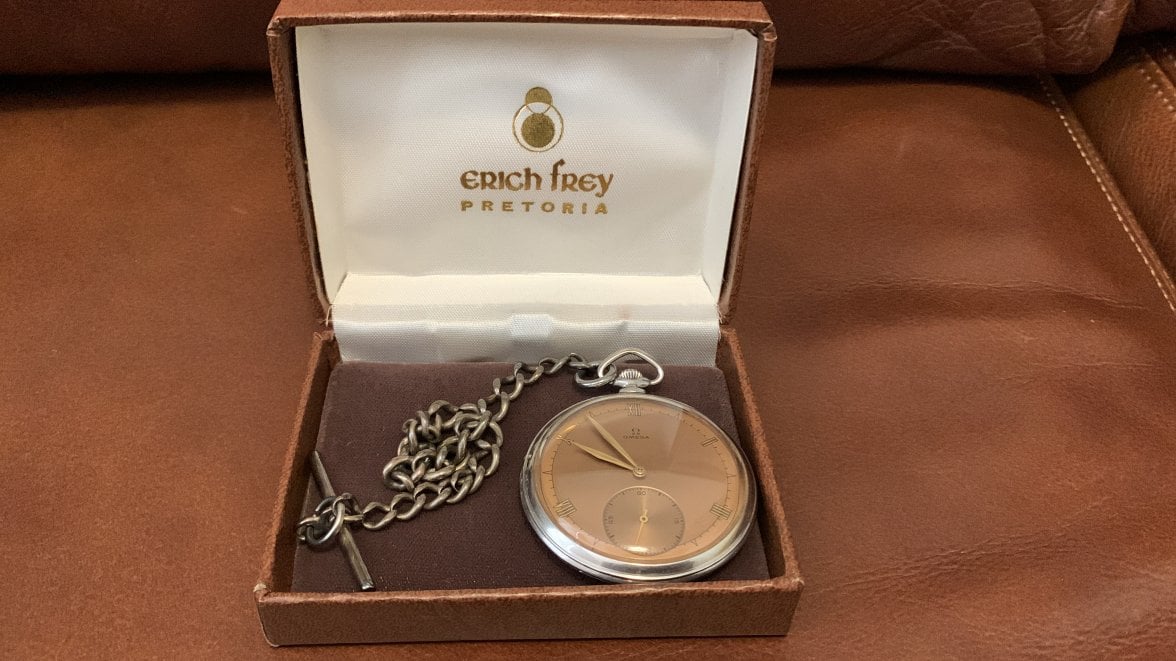adeklerk13
·First post so apologies upfront for leaving out anything typically required.
I've received an Omega pocket watch from my grandfather which was given to him by his father. It is inscribed with my great grandmother's initials and the date (1946) it was given to my great grandfather upon his retirement. I think the watch was purchased from a jeweller in Pretoria, South Africa and I have the original jeweller's box.
I'm not sure about the service history but the watch is working beautifully after a brief wind. I have not placed it on a timegrapher yet.
I have not given it to a watchmaker to open so can unfortunately not supply photos of the movement. Ideally I don't want to take the risk of it being damaged.
I'd appreciate the forum's feedback with any additional information on the pocket watch such as rarity, materials and quality. Thanks in advance.
I've received an Omega pocket watch from my grandfather which was given to him by his father. It is inscribed with my great grandmother's initials and the date (1946) it was given to my great grandfather upon his retirement. I think the watch was purchased from a jeweller in Pretoria, South Africa and I have the original jeweller's box.
I'm not sure about the service history but the watch is working beautifully after a brief wind. I have not placed it on a timegrapher yet.
I have not given it to a watchmaker to open so can unfortunately not supply photos of the movement. Ideally I don't want to take the risk of it being damaged.
I'd appreciate the forum's feedback with any additional information on the pocket watch such as rarity, materials and quality. Thanks in advance.
